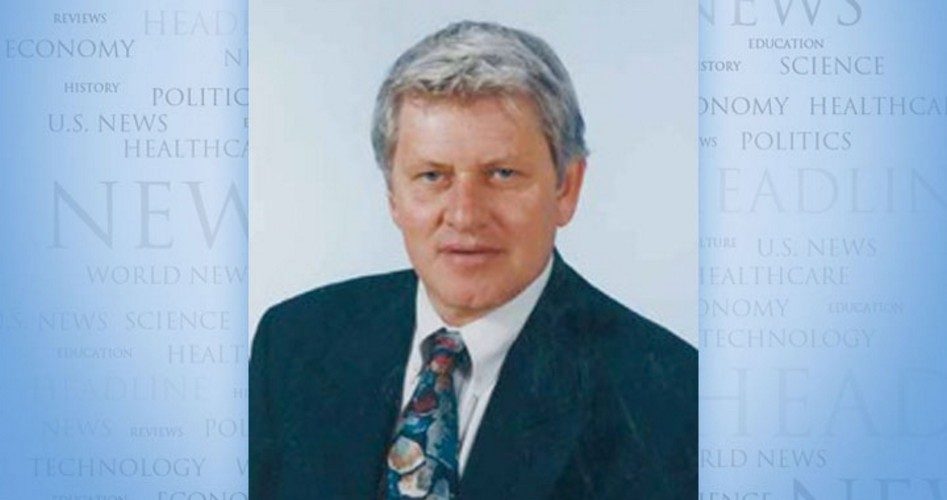
It’s the “defining challenge of our time,” declared President Obama, referring to income inequality in the American economy.
A good start for Mr. Obama in reducing the hardships that exist in the poorer segments of this economy — an economy with 13 million more people receiving food stamps than when he took office in 2009, the slowest recovery since World War II, and the lowest percentage of the population in 36 years participating in the labor force — would be to make it his “defining challenge” to discover and publicize how his administration’s policies have weakened economic growth, slowed job creation and lowered income increases, especially in the bottom income quintiles.
Starting off his first term, what didn’t work was Obama’s recovery strategy of bashing “the rich” and selling political boondoggles as “shovel ready” stimulants to employment.
What also didn’t improve job growth, raise incomes, or reduce inequality were the incentives in the Affordable Care Act for companies to switch full-time employees to part-time workers and not expand workforces beyond 49 employees.
As now, as recently announced at the White House, an allegedly more flexible and more pro-business Obama administration will postpone the mandates and penalties applied to midsized firms under ObamaCare until 2016, well beyond this year’s midterm elections, as if the administration’s Rube Goldberg system of health requirements and noncompliance fines will do less harm to businesses and employees in 2016 than in 2014.
Also not helping to increase business expansion and job creation were the dozen or so federal tax increases that kicked in on January 1, 2013 — especially the anti-growth, anti-investment, and anti-jobs tax increase of 33 percent on capital gains and dividends for upper-income taxpayers, the 13 percent tax hike in the top marginal income tax rate, and the ObamaCare surtax on the investment income of upper-income taxpayers.
To get past the simplistic and erroneous (but politically saleable) picture of an economy that’s a fixed pie in which the rich can only expand the size of their slices by shrinking everyone else’s slices, and to give a more objective and less political account of the actual factors that cause income inequality, the U.S. Department of Labor reported in September 2013 that households in the lowest income quintile averaged 1.7 people per household and over half of the households in that bottom quintile had no income earners, zero, while households in the highest income quintile averaged 3.1 persons per household and two income earners.
Income differences between the bottom and top quintiles, in short, are largely a measure of no work or limited work per household at the bottom versus double work per household at the top.
“Sixty-one percent of U.S. households in the bottom fifth of Americans by income had no earner for the entire year of 2012,” reports economics professor Mark Perry at the University of Michigan. “In contrast, only three percent of households in the top fifth had no earners in 2012.”
Additionally, higher income workers in the U. S. economy are increasingly putting in more hours at work than those in the bottom income levels.
A Czar of Equity put in charge of fixing the “defining challenge of our time” might therefore note, correctly, that household incomes would be more equal if the government permitted only one earner per household, and if the rich were restricted via government decree to fewer work hours per week, and more equal if women hadn’t moved into higher-income jobs during the decades when upper-income professionals were increasingly choosing to marry other upper-income professionals, and more equal if family structures were more alike across all income quintiles. In 2012, reported the Census Bureau, 83 percent of households in the bottom income quintile were singles or single-parent families, versus 22 percent in the top income quintile.
Ralph R. Reiland is an associate professor of economics and the B. Kenneth Simon professor of free enterprise at Robert Morris University in Pittsburgh.


